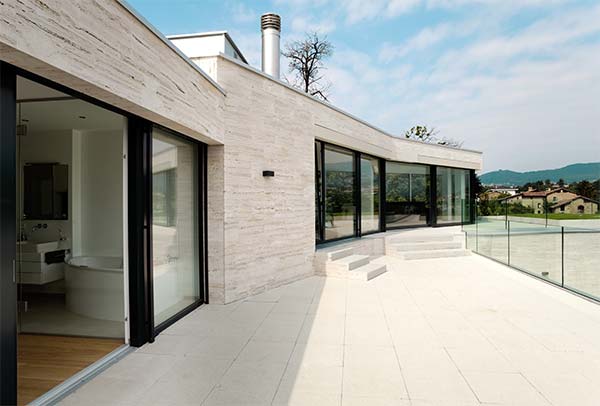Two New Studies Report Multigenerational Homes are Here to Stay
An article recently appeared on BuilderOnline.com about how two new studies have come out that claim multigenerational homes are here to stay. We’ve been onto this trend for a while – hence the name “Generation Homes” – and are glad that research organizations and media are picking up interest in this trend in living.
The research organizations are well-respected – AARP and Pew Research Center – and they both concluded that “the growing trend for multigenerational living situations is much broader than unemployed boomerang kids and has been growing since long before the Great Recession.”
Here is an excerpt from the article:
While both reports found that declining economic conditions in the latter part of the 2000s led to a spike in multigenerational households, the Pew Research Center found that the trend has been growing since 1980. The Pew report, titled “The Return of the Multigenerational Family Household,” found that between 1980 and 2008, the number of Americans that lived in a household with at least two adult generations or a grandparent and another generation rose from 28 million, or 12% of the population, to 49 million, 16% of the population.
Although AARP’s definition of a multigenerational household is more restrictive than the Pew study’s (AARP defined a multigenerational household as one in which three generations are living under the same roof as well as instances where the householder lives with their parents or with grandchildren; the Pew Research Center extended that definition to include instances where adult parents were living with an adult child age 25 or older), according to AARP, in the year 2000, 5 million U.S. households were multigenerational, making up 4.8% of total households in the nation. By 2008, that number had grown to 6.2 million households, or 5.3% of the nation’s total. In 2010, 7.1 million households in the U.S. were multigenerational, making up 6.1% of total households in the U.S.




